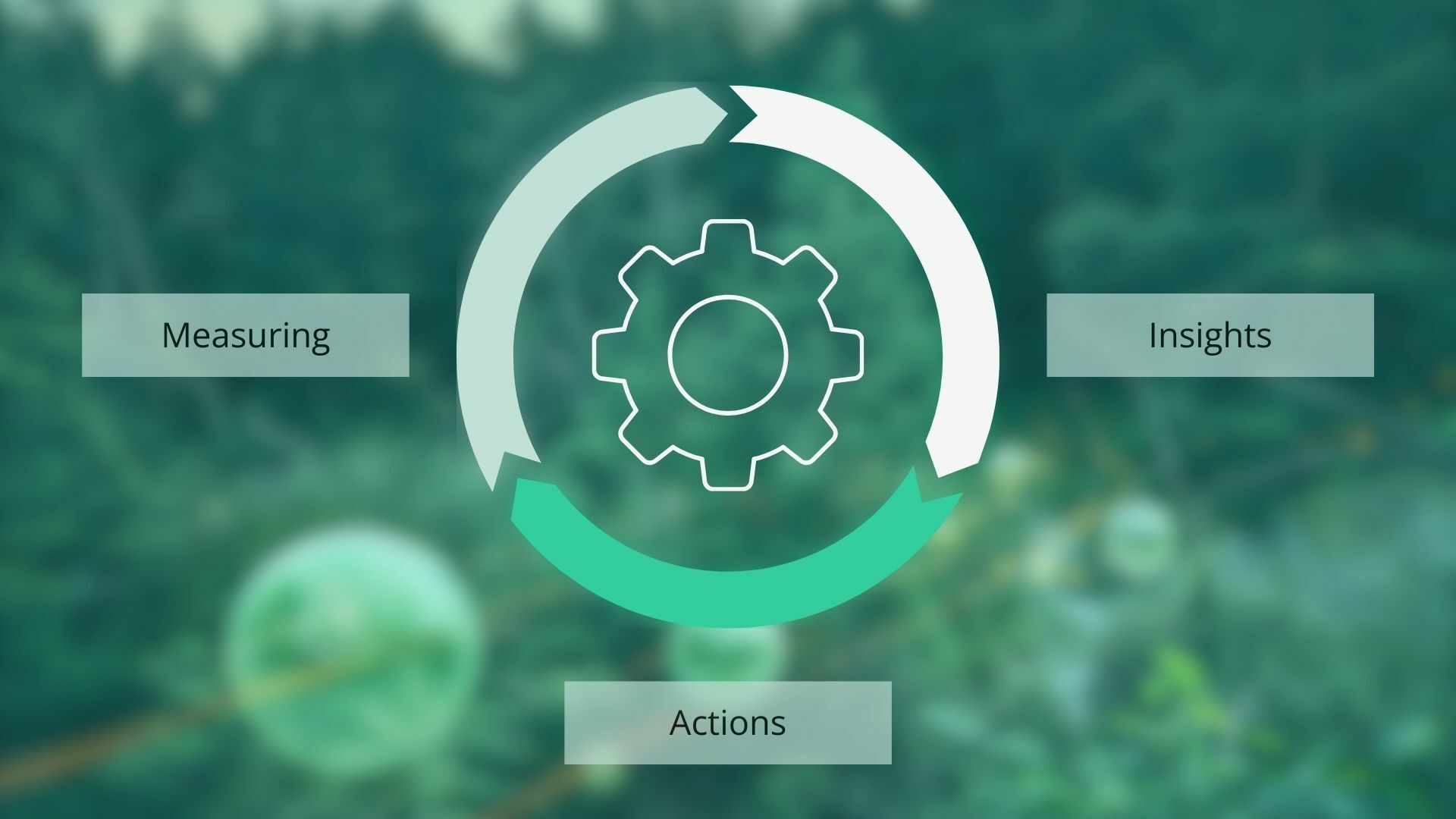Process Mining isn't just a tool - this is how you build a sustainable development model around it

Process mining promises a lot: transparency into processes, fact-based improvements and automation-driven efficiencies. Yet many organisations only get lukewarm results because they forget one key thing: it's not about the tool. It's about changing how we work.
Process mining highlights bottlenecks, but doesn't solve them
Process mining is an exceptionally powerful way to see how processes actually run. It uncovers deviations, bottlenecks and loops that typically stay hidden. But the data itself doesn't change anything.
Too often companies treat process mining as a one-off project: they implement the tool, run an analysis, produce a report... and then go back to business as usual. Instead, process mining should be the engine of continuous improvement, where insights lead to actions and actions lead to new measurements.

Who owns the process?
One common stumbling block is lack of ownership. If there's no clear owner, there's no accountability for improvement. The data generated by process mining may even push people away, with thoughts like "That's not our problem" or "We don't have the resources to fix that."
A better model includes a named owner for each process. Someone empowered to drive change. With ownership in place, process mining becomes a tool for empowerment and continuous enhancement, instead of a threat.
Leadership that supports change
Process mining forces us to look at our processes honestly. That can feel uncomfortable if your leadership culture doesn't allow for openness about mistakes or acknowledge the need for improvement. That's why technology must be paired with thoughtful change leadership.
Managers and executives play a pivotal role in how results are interpreted and acted upon. Is it about placing blame? Or is it about using facts to drive better ways of working?
What does a functional development model include?
A successful development model should include:
- Clear objective: What are you aiming to improve or optimise? Cost, customer experience, incident resolve time?
- Process ownership: Named individuals who monitor and act on the findings.
- Regular measurement: Process mining isn't a one-off report; it's ongoing analysis.
- Action chain: Who reacts, how and by when?
- Executive support: Leadership commitment and resource allocation to implement changes.
Read more: Achieve the best ROI in your process mining endeavors with these tips
Greenstep as your partner: from analysis to execution
Greenstep's process mining services go beyond just generating data. We help build a model that combines process analysis, leadership and tangible development work. We often deploy process mining as part of improvements in areas like accounts payable, customer service or HR.
If you'd like to ensure that process mining delivers measurable business value rather than just generating dashboards, let's talk! We can help build a development model that stands the test of time.
Published 01.08.2025